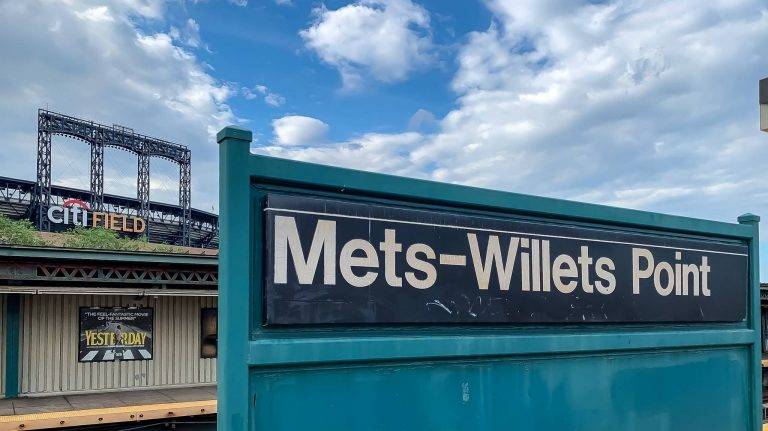The House That George Built
I saw three games at "New" Yankee Stadium, the so-called "House That George Built," as my 19th ballpark of the summer. It wasn't my first visit, Mrs. Nomad and I had been there once before, so I knew what the Stadium was like. New and Old Stadiums - New on the Left via www.digitalcentrality.com I believe baseball stadiums are shrines to a team's baseball legacy. Each game played in the park honors that legacy. The stadium itself is perhaps the most visible statement about a team's respect for the past. Additionally, teams honor their greatest players with retired numbers and statues. SunTrust in Atlanta and Yankee Stadium have monument gardens, to name just two examples. Many teams have Hall of Fame areas in their stadiums that provide an important historical connection to the past for the fans of the future. Amateur Fields Occupy the Original SIte The original Yankee Stadium was the “Cathedral of Baseball.” So many vital events occurred at the original site, it's sad that it was torn down. Amateur baseball fields across the street now occupy that site. Building the replacement across the street was in my opinion, a tragic blunder. It's inconceivable that the Yankees, an organization that says it values its legacy and traditions more than almost anything else, demolished the old stadium. Baseball deserved better. The Yankees have broken a few of their other traditions as well. The Yankees Legacy From 1913 to 1922 the Yankees shared Manhattan’s Polo Grounds, home of the New York Giants. Giants owner, Charles Stoneham and manager John McGraw found it frustrating that the upstart Yankees were a bigger draw than the World Champion Giants. The Yankees had this kid named Babe Ruth who was in the process of revolutionizing baseball and sports celebrity. Stoneham and McGraw's reaction to Ruth and the Yankees' increasing popularity was to evict them after the 1922 season. The Yankees ownership always wanted a permanent home in the area and built their new stadium right across the Harlem River in the Bronx. Legends Hall at the New Stadium The mammoth Yankee Stadium which people referred to as "The House That Ruth Built" opened at the start of the1923 season. For the next 85 years, Yankee Stadium was the center of the baseball universe. In that span, the Yankees won 39 pennants and 26 world championships. Great Yankee players like Ruth, Lou Gehrig, Joe DiMaggio, Mickey Mantle, and Derek Jeter thrilled the home town fans. Most of all, some very significant moments in baseball history happened there: Ruth's 60th home run Lou Gehrig's "luckiest man on the face of the earth" farewell Roger Maris' 61st home run Don Larson's World Series perfect game Jackie Robinson stealing home in the World Series Yankee Traditions As The Yankees won championships, they codified a series of traditions. The Yankees have: worn their iconic white pinstripe uniforms since 1912, continuously since 1915 worn plain gray uniforms with block lettered “New York” since 1916, continuously since 1931 never worn names…




